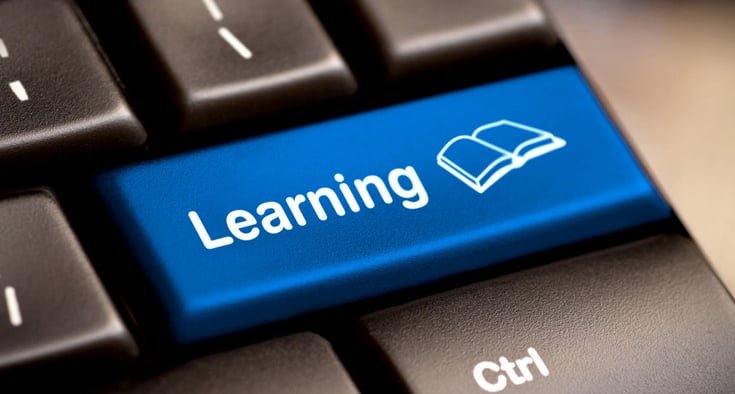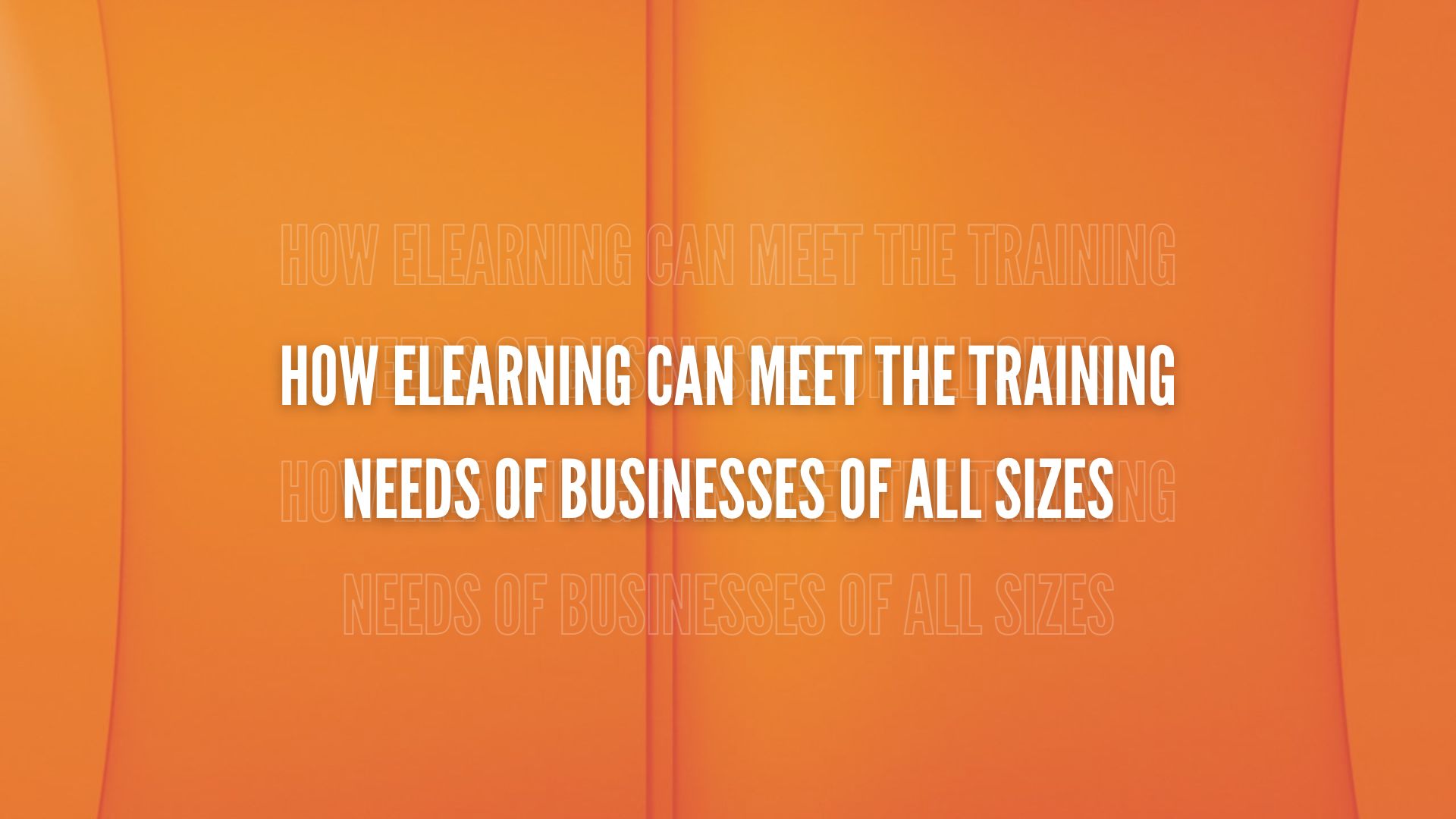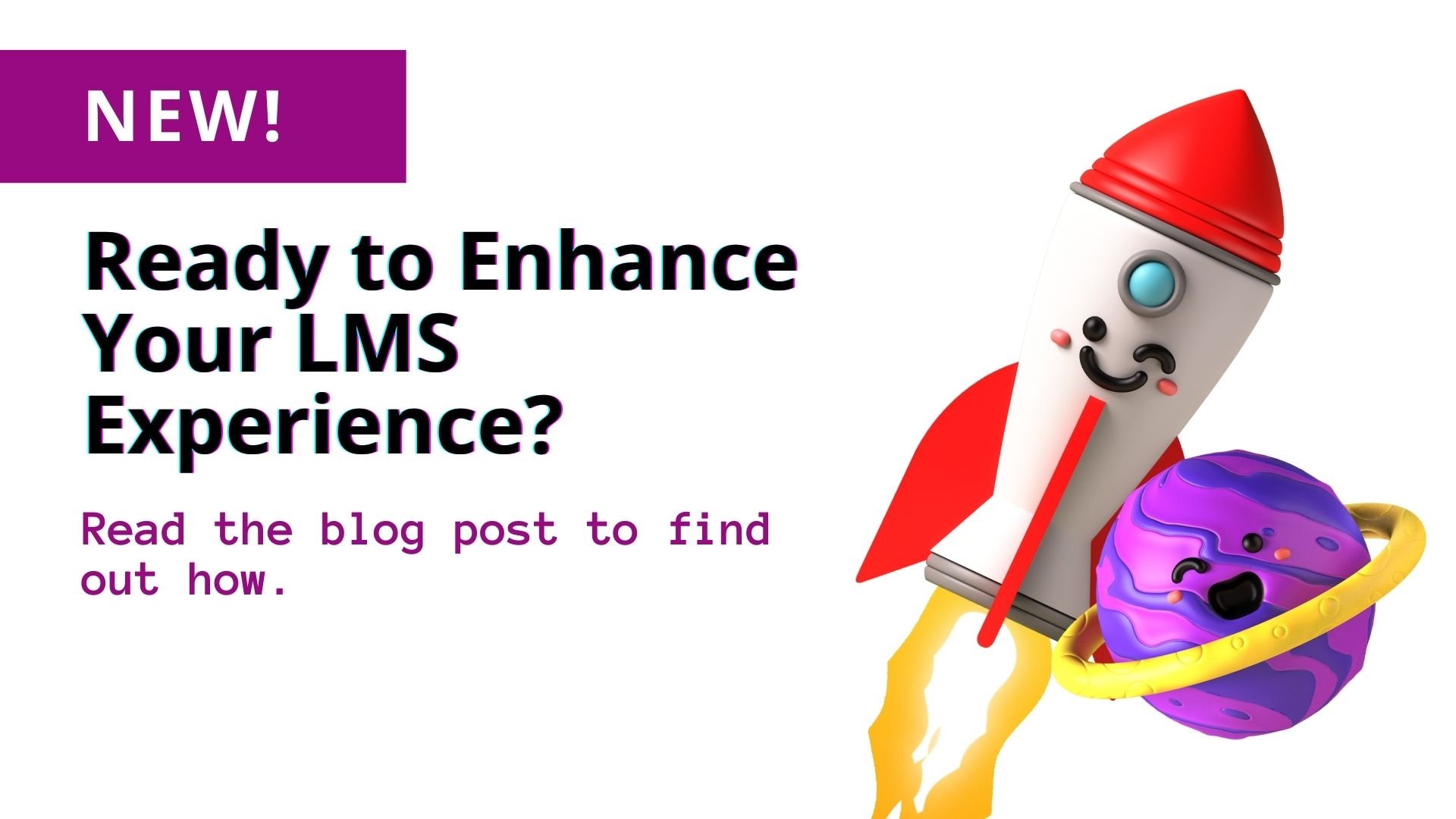In your personal opinion, what type of value does experiential learning hold? Before you answer, there are two things you must have understanding of: what this type of learning is and what it can accomplish. First, experiential learning is a process that facilitates the acquisition of specific knowledge and skills through real-life experience. Second, this type of learning has the power to transform employees’ attitudes about training, increase knowledge retention, and create a learning culture in the workplace, among other things. What is your estimation of experiential learning’s value now? If it’s anything less than extremely high, you are underestimating this organic-but-powerful form of learning.

What Does Experiential Learning
Look Like in the Workplace?
Let’s go a little deeper into what experiential learning is. Quite simply, it is different things in different settings. In the home experiential learning can happen when someone watches a YouTube video about how to build a shelf, and then builds the shelf. In a relationship it can happen during a conflict, after which one or both parties figure out how to communicate best with one another (and learn what communication methods to avoid). In the workplace it happens when learners are presented with information and then given opportunities to put it into practice for themselves. Sometimes this information is attained naturally, and other times it is presented through a training program. Eric Nordin, contributor to the Center for Innovation in Research Training, said it this way:
“Experiential learning can be an effective method for helping students integrate course material into their day-to-day lives. As Beckem and Watkins (2012) noted, experiential learning allows students to actualize the material in a real-world setting, thereby increasing the value and retention of the material. Experiential learning has the potential to help students view course material in a less esoteric manner, which can make said material less daunting and more applicable to a professional setting…experiential learning consists of four elements: active experimentation (doing), concrete experience (experiencing), abstract conceptualization (thinking), and reflective observation (reflective). I believe that each one of these elements is an essential part of the critical thinking process - a process we try to teach our students.”
Mr. Nordin is speaking here about how experiential learning works in the classroom. However, it functions the same way in the workplace and corporate training room. For example, say an employee is required to take an online course for the acquisition of a new skill. The skill is demonstrated to the worker via video, and further recorded information is provided. The worker accesses the learning management system, is prompted to watch the video, listen to the recording, and then practice the skill immediately following. Tests and quizzes are required in order to measure the employee’s competency concerning the skill. The result is that the employee is able to confidently perform and remember the skill and retains the learning by at least 75 percent. If the hands-on aspect of this type of learning were absent, the information presented would be mere head knowledge that the learner doesn’t have much value for.
Experiential Learning Promotes
Positive Attitudes Toward Training
Overall it seems many employees have somewhat of a negative view of training. If they had the choice of going to an employee-training session or performing their regular work tasks, most workers would probably choose the latter. This is because corporate training can be boring. The subject matter isn’t necessarily boring, but because learners have no emotional investment in it, they may have a negative attitude about it and have trouble becoming engaged with it. The process of experiential learning changes this, engaging and affecting a learner’s attention and, to a degree, emotions. Amazingly, this type of learning can cause a learner to have a more positive attitude toward a subject that was previously disliked. The author of The Value of Experiential Learning supports this idea:
“A good example of the experiential learning approach comes from social psychology courses I have taught. I could have just lectured about theories and research findings related to jury decision making. Instead, I decided to have students participate as mock jurors. They read a summary of a court case and then deliberated to reach a verdict. I felt that this experience would make it more interesting and meaningful for the students. They might be more motivated to think carefully about relevant theories and research findings. They also may like social psychology to a greater degree. If experiential learning fosters a more positive attitude towards a subject matter, it could also have other important benefits. People may take additional courses, select an occupation, and have a life-long commitment to learning!”
Experiential learning can change a learner’s attitude about any given subject. Imagine the ramifications this could have on the workplace and in corporate training. This form of knowledge/skills acquisition can potentially turn an indifferent-to-training employee into one that loves to learn and is hungry for fresh knowledge. That is something managers, employers, small-business owners, and corporate trainers can get excited about.
Technologies That Support
Experiential Learning
As is the case with any type of learning, experiential learning can be enhanced and encouraged by specific technologies. Telerobotics, gamified learning technology, simulation technology, and eLearning technology, for example, can augment the effects of experiential learning and further its cause.
- Telerobotics is a form of technology that is used primarily in the healthcare arena. It is a prime example of a type of technology that fosters experiential learning by providing hands-on learning opportunities for students and employees.
- Gamification has become a wildly popular trend in both the classroom and the workplace. Because it is extremely effective and makes just about any type of training more enjoyable, it is a trend that’s here to stay. Digital game-based learning appeals to gamers (who, on average, are 37 years old with 12 years of gaming experience), helping them learn new concepts effortlessly. Those who have no experience with digital games often respond positively to gamified learning as well.
- Simulation Technology in the workplace has grown rapidly in the last few years, and will continue to. According to The Gwenna Moss Centre for Teaching Effectiveness, simulation technologies are “common in a number of educational fields and are specifically designed to allow for ‘real-life’ training and practice in a low-risk environment. Flight simulation is a well-known example of this type of immersive technology that relies on sophisticated and expensive hardware and software. Health Science departments have adopted computer-enabled mannequins to provide an authentic experience in patient care and the application of knowledge.”
- eLearning technology or social learning management system technology, is incredibly supportive of experiential learning. In fact, eLearning and experiential learning have a lot in common. For example, they both have the capacity to…
- Make training fun – Earlier we explained the power experiential learning has to transform people’s attitudes about training by making it less intimidating and dry. eLearning has this same capability. eLearning uses gamification, mobile learning, and social learning to keep employees/learners engaged in subject matter. Like experiential learning, LMS technology can give learners a more positive view of nearly any subject. Both types of learning are non-threatening and include elements of unpredictability, variety, and challenge, all of which appeal to the mind and cater to the way humans learn best. Also, both types of learning are hands-on in nature.
- Increase knowledge retention – Both experiential learning and eLearning increase knowledge retention. Experiential learning promotes knowledge retention because it calls for immediate application of learning, which causes learners to retain a whopping 90 percent of learning. With eLearning, knowledge is retained through specific features, especially video. Video is a vehicle that basically ensures employees will grasp concepts and new skills quickly. In 2014, the Huffington Post published a fascinating article providing proof of the effectiveness of video-based learning. In the article, author Michal Tsur, co-founder and President of Kaltura, mentioned that just one minute of video learning is equal to about 1.8 million words. This is because visual information is processed rapidly by the brain, 60,000 times faster than text alone. These facts are remarkable, as are their ramifications concerning corporate training. Trainers can use video-based learning to vastly accelerate and enhance the learning process. When eLearning is used to support experiential learning, the knowledge retention that results is, in one word, stunning.
Company leaders are starting to see the need for LMS Software that is more supportive of experiential learning than anything on the market today. In her article Simulations in e-Learning: The Power of Experiential Learning, Arunima Majumdar wrote, “With evolving technologies, the need for high-end e-learning is also on a continuous rise. The corporate world has seen and experienced the success of traditional e-learning and now want more. Not just in terms of delivering knowledge but the inclusion of the elements of interactivity and motivation for learners. Simulation-based e-learning is one such mode of training which is being extensively utilized in the corporate training.” Researchers are aware of this need and are daily creating LMS technology that is more interactive, more engaging, and more supportive of experiential learning. Because of the demands of experiential learning, the future of eLearning technology is bright.
Experiential Learning and eLearning
Go Hand-in-Hand
Can experiential learning be effectively applied to eLearning? That’s the question instructional designer Marina Arshavskiy asked. Her conclusion was that eLearning could indeed be applied to experiential learning, and could enhance it. She said, “So, is there any ‘real life’ application to experiential learning and can we apply eLearning principles to facilitate it? The answer is a definite ‘YES’ to both questions. (For example)… Learning complex concepts like Trigonometry, Algebra or Calculus is not very easy without extensive help, especially for adult learners. ELearning can change all that! By creating interactive learning content, and offering skills tests, online assignments and quizzes, (and) self-assessment modules, learners can experiment with multiple solutions while they understand the underlying principles of the subject.”
You don’t have to be an instructional designer to use eLearning in a way that supports experiential learning. Full-featured eLearning systems are equipped with everything administrators need to create learning experiences that provide information and opportunities for putting information into practice. Mobile learning, for example, is a feature built into almost all cloud-based learning management systems. With mobile learning, interactive learning content can be accessed with the touch of a screen and kept at learners’ fingertips. eLearning systems also feature social learning components like realtime chat, web conferencing, calendaring, forums, polls, and blogs. These features help move the process of experiential learning along seamlessly.
Company leaders wanting to facilitate experiential learning are turning to eLearning technology. They are reaping amazing results: employees that love training. Since training is crucial to company growth and employee competency, this is great news.
Why Employees Thrive When They Learn Experientially
Experiential learning is crucial to the success of any employee, regardless of position, education, or personality. Why? Because today’s world demands that workers be extremely versatile and quick to react to any situation that might arise at work. A traditional, classroom-style method of learning is not sufficient to arm individuals with the skills and tools they need to not just survive in the workplace, but thrive. One-dimensional learning merely explains theories, whereas experiential learning “involves a, ‘direct encounter with the phenomena being studied rather than merely thinking about the encounter, or only considering the possibility of doing something about it,” states INFED’s article David A. Kolb on Experiential Learning. Companies that honor an employee’s need for experiential learning will reap the rewards of a competent, confident workforce that ensures future success and stability.
We learn what we live. Benjamin Franklin understood this. He said, “Tell me and I forget, teach me and I may remember, involve me and I learn.” This perfectly sums up the process and essence of experiential learning.
Are your employees regularly exposed to training that encourages experiential learning? If so, your company’s future is secure.






